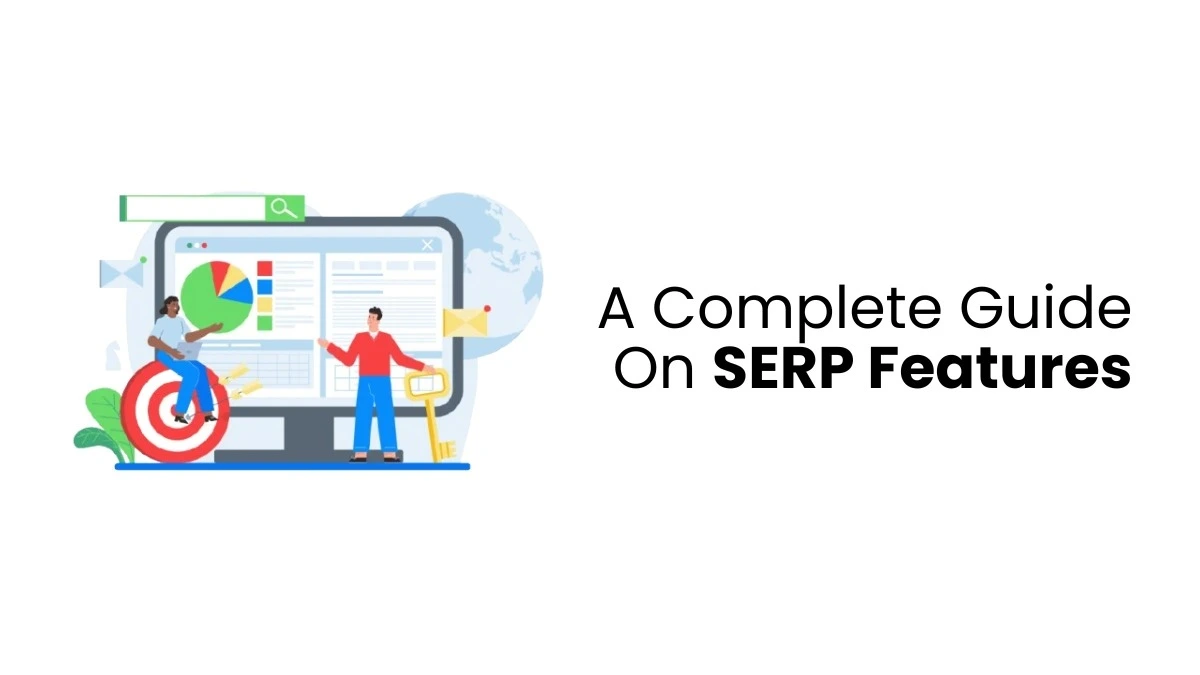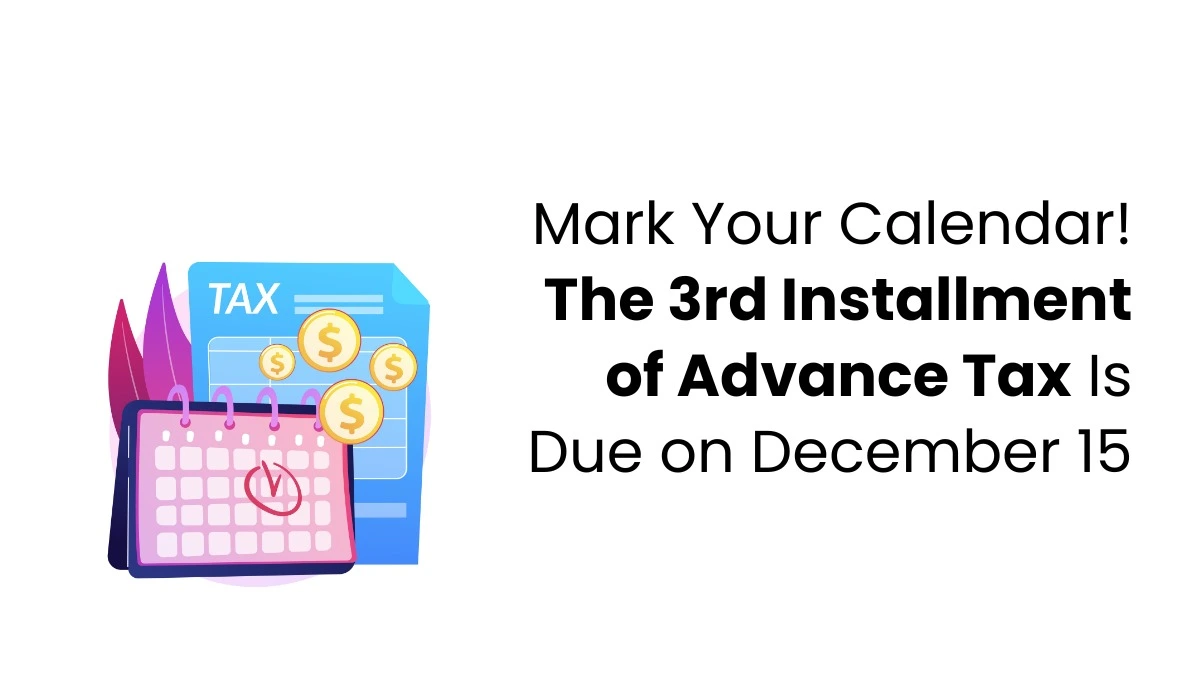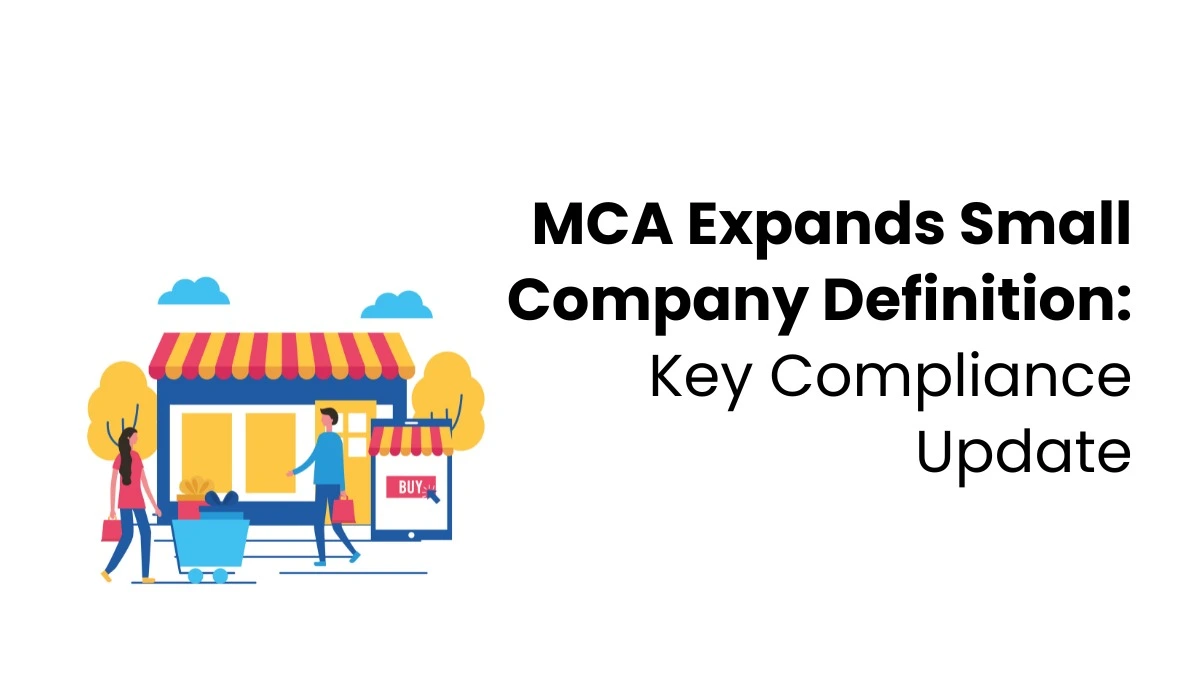In recent years, e-commerce in India has grown significantly. The Indian E-commerce sector is estimated to reach $200 billion by 2026, according to IBEF. It is growing as a result of a number of growth drivers. Access to products and commodities at any time and from any location via multiple digital platforms on digital devices, as well as the ability to conduct cashless transactions, are essential among the more important elements. In short, how to sell products online has been the most sought after question in India for quite a while.
Aside from these important aspects, additional variables that are assisting the Indian e-commerce business in gaining traction include:
- Content is delivered in simple language.
- Expansion of the internet retail business outside of major cities.
- Advancement of logistics.
- Increased investment in this industry by investors, as well as several government measures aimed at boosting this sector, have occurred in recent years.
Now that you’ve decided to embark on your e-commerce adventure, here’s a quick guide on how to sell products online in India.
5 Tips for How to Sell Products Online in India
- Select an appropriate marketplace for your goods.
- Before deciding on a platform, consider the costs of listing and promotion.
- Create a digital catalogue that highlights the characteristics and benefits of the product.
- Manage all day-to-day business activities using appropriate GST-compliant accounting software.
- Put strategies in place to boost your brand’s visibility.
5 Major online selling marketplaces
There are five sorts of prominent internet selling platforms.
- Collaborate with a large e-commerce conglomerates, such as Amazon, Flipkart, or others to sell products online.
- Create a Webstore to sell products online, such as Shopify, Zepo, or others.
- List your goods on local listing sites such as OLX, Quikr, and others to sell products online.
- Promote and sell your goods on social media platforms such as Facebook, Instagram, Whatsapp, and others to sell products online.
- Get your e-commerce website up and running.
E-commerce Marketplace
To begin selling, you simply need to register yourself and make no initial expenditure. You are only charged a commission if you make a sale through their platform. Otherwise, the listing on these platforms is free. To bring your listing to life, you’ll need a comprehensive product description and a product catalogue that lists all of your product or service’s advantages to users.
The following are some of the most well-known E-commerce marketplaces:
- Amazon
- Flipkart
- Paytm Mall
- Meesho
- Myntra
E-commerce Web Stores
They provide a beautiful interface as well as tools to assist you in creating and managing your online shop on their platform. It is simple to get started with a minimal learning curve. The web store’s layout is completely adjustable. The main disadvantage is that your web store is new, therefore you will need to invest time and effort in advertising and selling your goods. The following are some of the most well-known E-commerce Web Stores:
- Shopify
- Zepo Commerce
- Woo Commerce
- Square
Sites for Local Listings
If you sell a product locally, these platforms are for you. Using local listings to target an audience is a very efficient technique to market your goods. It gives you a more focused reach at a lower cost per conversion. You may advertise your items or services on classified websites and begin selling them right away. Most local classified sites provide free product listings. The transaction is not done directly via their site, which means it is extremely safe because the consumer is contacting you directly to purchase the product. You may rely on the following local listing websites.
- Quikr
- Olx
- Craiglist
It is one of the greatest combinations for conducting business utilising both digital and traditional business procedures; as a result, conversion rates are greater from a more localised and targeted audience.
Selling Products on Social Sites
It is not an exaggeration to state that most individuals nowadays spend a significant portion of their time on social media. It has become an essential element of people’s everyday lives. Some people are so addicted to it that the first thing they do when they wake up in the morning is to check their social media feeds.
Given the significance of social media in the lives of consumers, marketers and businesses are flocking to social platforms in the hopes of interacting with their target customers.
Almost every business now has a Facebook page and a presence on other social media platforms. Every firm favours social selling because of the platform’s ease of use and lack of complications.
Popular social selling websites are:
- Facebook Marketplace
- Google Merchant Store
- Instagram Shop
- WhatsApp Business
Launch an e-commerce website
Consider selling your stuff through your e-commerce website. Although other websites make it easier to bring in revenue, the conversion rate is never guaranteed. Furthermore, in order to sell your goods on these platforms, you must adhere to their regulations.
So, if you want to sell things on your own terms, the ideal method is to establish and start your own e-commerce website.
Once your business is up and running, you must make your brand and website available on search engines for the necessary keywords and create a campaign to drive quality traffic to it. The following are some of the benefits of having your own e-commerce website:
- You don’t have to pay anyone a commission.
- You may sell your items on your own terms.
- You can maximise your earnings.
- It allows you to personalise your webstore at any moment.
There are various courses available online which provides a detailed overview on how to sell products online. As far as theoretical knowledge is concerned, that might suffice.
Finprov Learning provides a thorough idea on how to sell products online via their E Commerce Analyst course. The course is structured such that along with the necessary theoretical knowledge, you’ll get to have hands-on experience on the same which is way more effective than passive online learning.
After reading this, I am certain that you understand the importance of selling things online and the numerous methods available to you. So, let’s get started and set things into motion. Best wishes.










